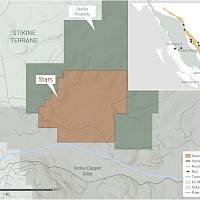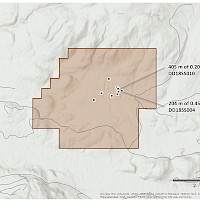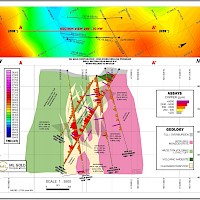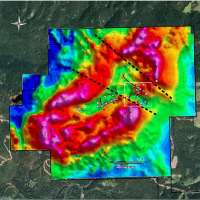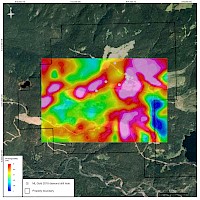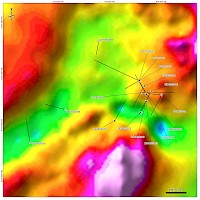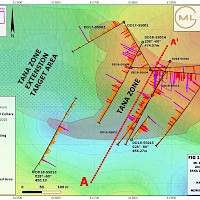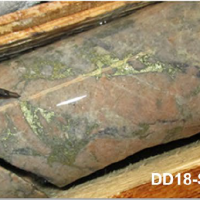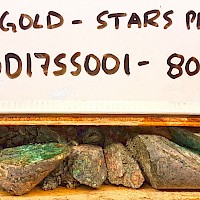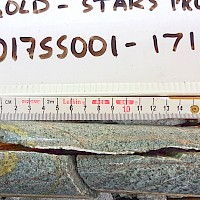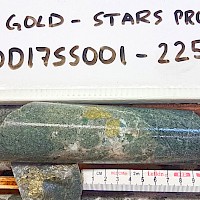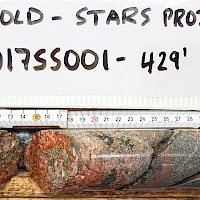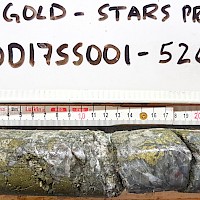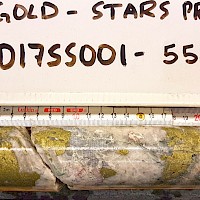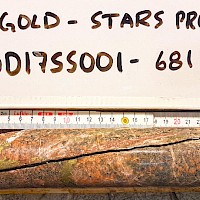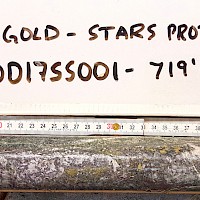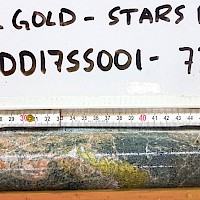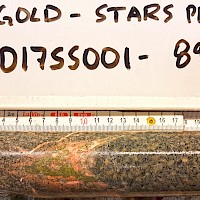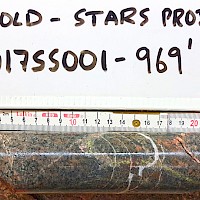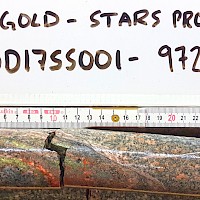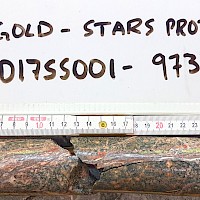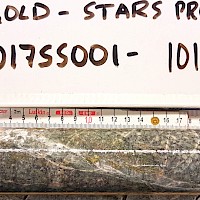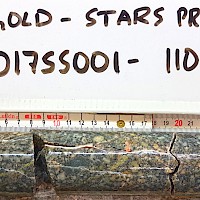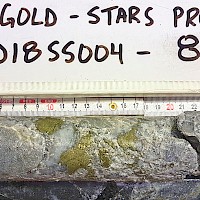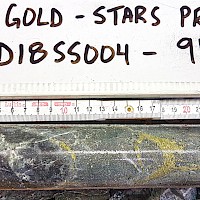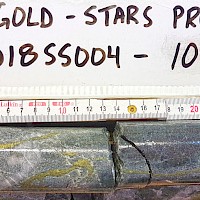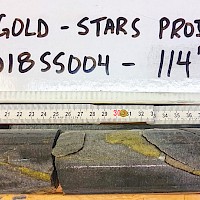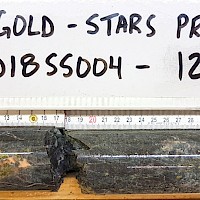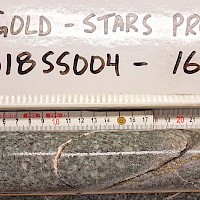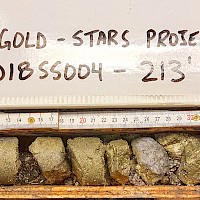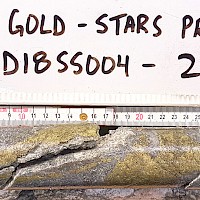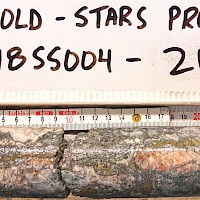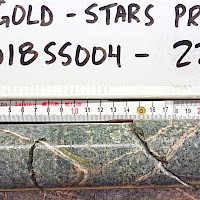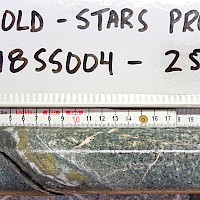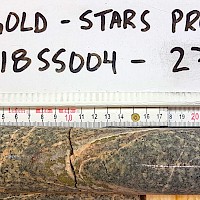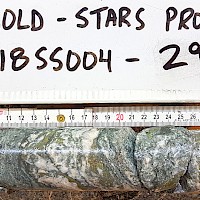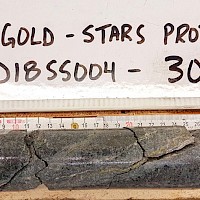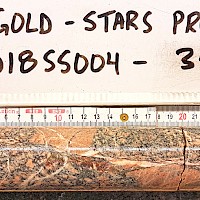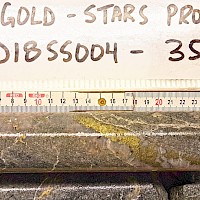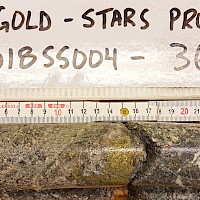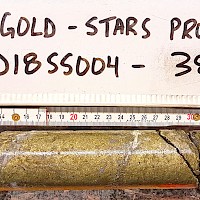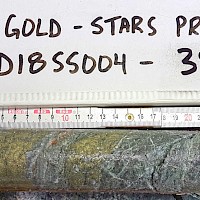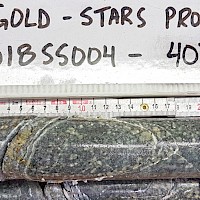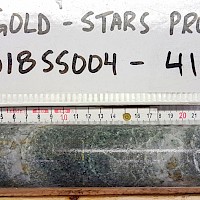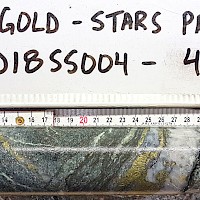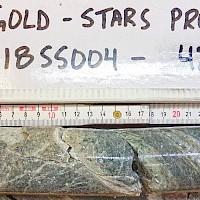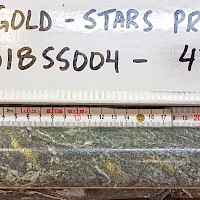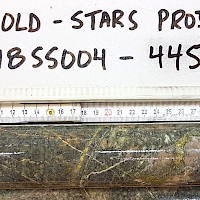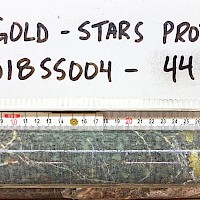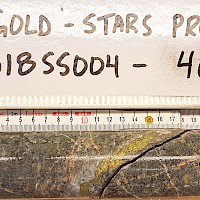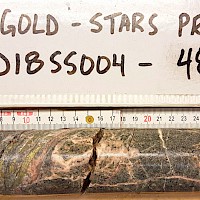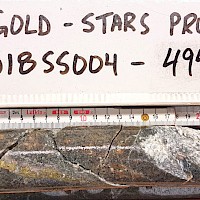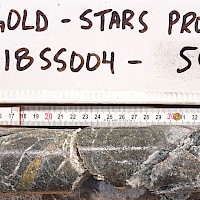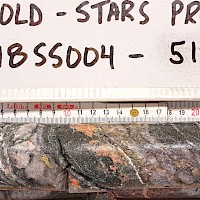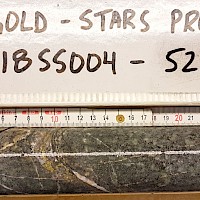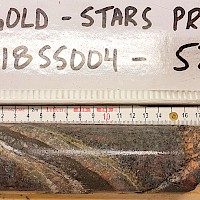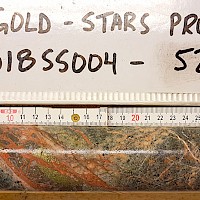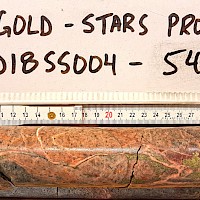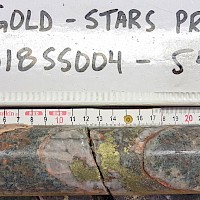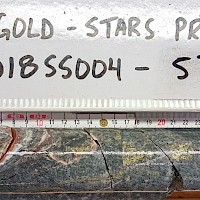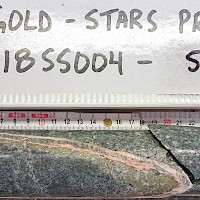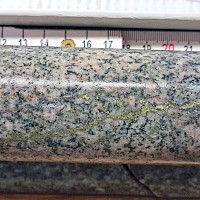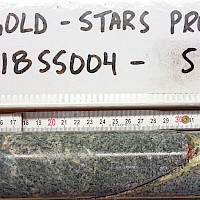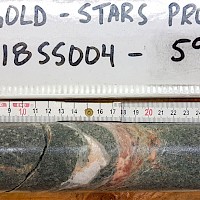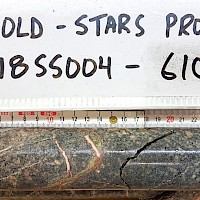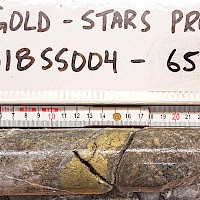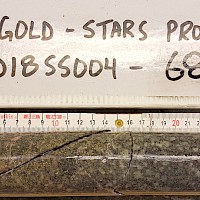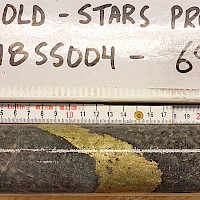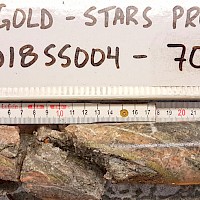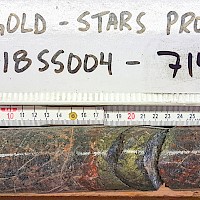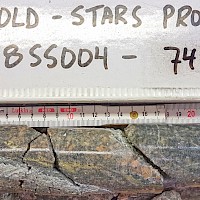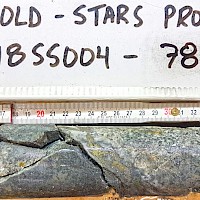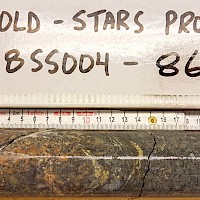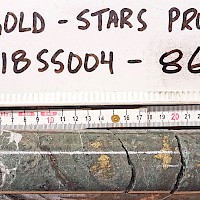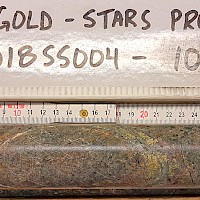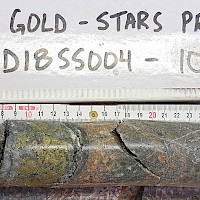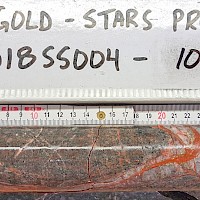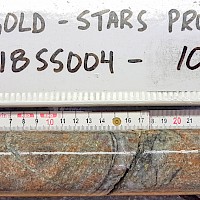Overview
PEMC acquired a 50% interest in the Stars Property in 2017 for $15,000 and since that time partner-funded exploration completed an airborne magnetic survey in addition to over 6,800 metres of diamond drilling that was highlighted by 204 metres grading 0.45% Cu, 0.045 g/t Au, 1.64 g/t Ag, 0.0048% Mo in hole DD18SS004.
On September 27, 2021, PEMC announced that it has signed a Purchase and Sale Agreement with Pacific Aurwest Resources Corp. (“Aurwest”) to sell its 50% interest in the Stars Property, a copper porphyry project, covering 2,136 hectares. Under the terms of the transaction PEMC was granted a 2% NSR on the Property, in addition to receiving a CAD$350,000 cash payment.
Location and Access
The Stars property is situated 58 kilometres north of Imperials Metals Corp.’s Huckleberry Copper mine and 40 kilometres southwest of the resource town of Houston, BC. The property is accessed via well maintained forest service roads and is close to well developed infrastructure including power and major transport routes with year round road access onto site.
Geology and Mineralization
The Stars Property is primarily underlain by undivided Lower Jurassic, Telkwa Formation volcanic flows and pyroclastics which form the basal part of the Hazelton group. The eastern one-third of the property is underlain by Lower Cretaceous, Skeena Group sandstones, siltstones, shales and local coal measures.
A major northerly-trending, normal fault separates the Skeena group from the older Hazelton group volcanics implying the Stars porphyry was em-placed along this major regional structure.
A structurally controlled corridor has been identified by the reduced magnetic intensity bisecting the high-magnetic ring. Within this corridor mineralized feldspar porphyry dykes have been identified and are believed to be the main control of copper mineralization and provides road map for future exploration at the Stars.
Exploration History
In 2018, M3 Metals Corp. reported that drilling at two new targets on their Stars project intersected a mineralized porphyry intrusion. Results included 204 metres grading 0.45% Cu, 0.045 g/t Au, 1.64 g/t Ag, 0.0048% Mo. The mineralized feldspar porphyry intrusion was intersected for the first time in Hole 10 (DD18-SS010) which intersected over 400 metres of copper mineralization extending the entire length of the hole, ending in mineralization at a final depth of 490 metres.
During 2018 an airborne magnetic survey was completed that was successful in identifying a large high-magnetic ring feature that is interpreted to be related magnetically enriched contact zone with a main parent intrusive. Areas where the enriched magnetic ring has been reduced (secondary magnetic destruction) appear to be related to secondary hydro-thermal alteration accompanied by copper mineralization.

